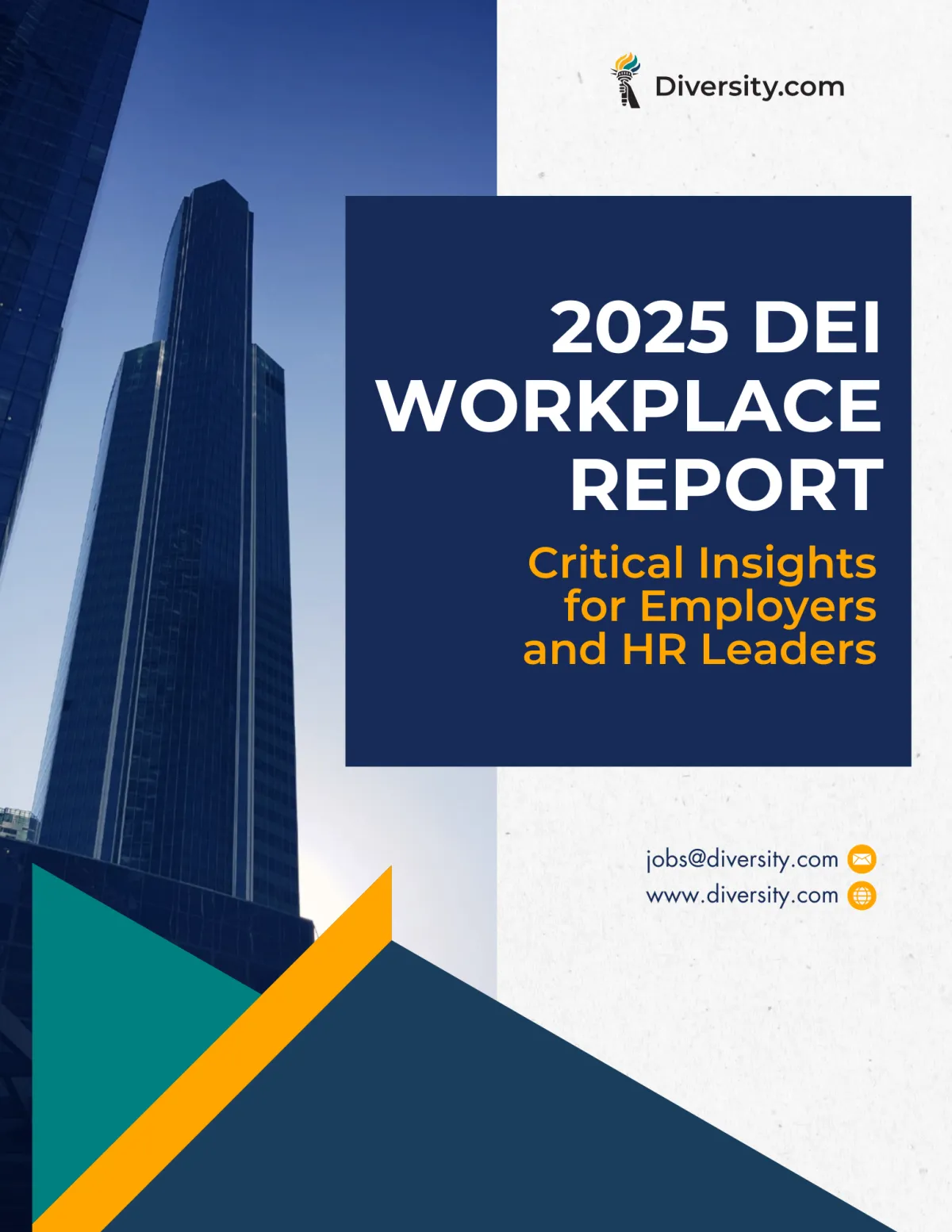
Can AI Solve Hiring Bias, or Is It Making It Worse?
Artificial intelligence (AI) is transforming recruitment, promising to make hiring faster, more efficient, and less biased.
However, despite its potential, AI hiring tools have faced criticism for amplifying bias rather than eliminating it.
This article explores how AI is reshaping recruitment, the risks of algorithmic bias, and best practices for employers to ensure fairness in AI-driven hiring.
1. The Promise of AI in Reducing Hiring Bias
AI-powered hiring tools are designed to remove human subjectivity and evaluate candidates based on data-driven insights rather than personal preferences. When used correctly, AI can:
Standardize the hiring process – AI evaluates all candidates using the same criteria, reducing inconsistencies.
Minimize unconscious bias – Algorithms can be programmed to focus on skills, experience, and qualifications rather than demographic factors.
Expand access to diverse talent – AI can analyze a larger pool of candidates, helping companies discover talent they might have otherwise overlooked.
Case Study: A McKinsey study revealed that businesses in the top quartile for diversity are 36% more likely to outperform financially. Real-world examples, like Hilton’s use of AI-driven hiring platforms, demonstrate how technology streamlines hiring while driving equity and better business outcomes. (McKinsey)
2. The Risks of AI Exacerbating Hiring Bias
Despite its potential, AI is only as unbiased as the data it’s trained on. If the historical hiring data contains biases, AI models can reinforce and even amplify discrimination.
Common AI Hiring Bias Issues:
Bias in training data – AI models trained on past hiring data may replicate patterns of bias, such as favoring certain demographic groups.
Algorithmic discrimination – Some AI hiring tools have been found to unfairly rank candidates based on race, gender, or socioeconomic background.
Lack of transparency – Many AI algorithms operate as black boxes, making it difficult to understand how hiring decisions are made.
Case Study: A study by the University of Pennsylvania Carey Law School found that AI-enabled recruiting platforms can reflect, recreate, and reinforce anti-Black bias. The study highlights how certain algorithms disproportionately screen out qualified Black candidates due to biased training data. (Thomson Reuters)
3. How Employers Can Ensure AI-Driven Hiring is Fair and Inclusive
To prevent AI from reinforcing bias rather than eliminating it, companies must take proactive steps to ensure fairness.
Best Practices for Ethical AI in Hiring:
📌 Regular Bias Audits – Continuously test AI hiring tools to identify and mitigate bias.
📌 Diverse Training Data – Ensure algorithms are trained on inclusive, representative datasets.
📌 Human Oversight – AI should assist, not replace, human decision-making in recruitment.
📌 Transparency & Accountability – Employers must understand and disclose how AI makes hiring decisions.
📌 Compliance with Legal Standards – Ensure AI-driven hiring aligns with EEOC regulations and emerging AI laws.
🔎 Case Study: Companies like LinkedIn and Workday have developed fairness-first AI hiring models, incorporating regular audits, diverse datasets, and explainable AI processes to ensure equity in recruitment. (Harvard Business Review)
Final Thoughts: AI’s Role in the Future of Inclusive Hiring
AI has the potential to revolutionize hiring—but without careful implementation, it can also reinforce systemic bias.
Employers must balance technology with ethical responsibility, ensuring AI-driven hiring is transparent, fair, and compliant.
Future Predictions: AI & Hiring Regulations
Stricter Compliance Requirements – Governments are expected to introduce laws mandating greater transparency and fairness in AI hiring practices, particularly in the U.S. and EU.
Standardization of Ethical Guidelines – Organizations like the EEOC and ISO may establish global AI ethics frameworks for hiring.
Increased Accountability – Companies could be held legally responsible for biased hiring outcomes resulting from AI-driven tools, necessitating more robust bias audits and oversight mechanisms.
AI has the potential to revolutionize hiring—but without careful implementation, it can also reinforce systemic bias.
Employers must balance technology with ethical responsibility, ensuring AI-driven hiring is transparent, fair, and compliant.
Key Takeaways:
✅ AI can help standardize hiring and reduce human bias when implemented correctly.
✅ Biased training data and algorithmic discrimination remain key challenges.
✅ Employers must conduct regular bias audits and maintain human oversight.
✅ AI should be a tool for inclusive hiring, not a replacement for equitable decision-making.
🚀 Optimize Your Hiring with Fair & Inclusive AI
🔎 Looking to improve diversity hiring? Find DEI-focused job candidates on Diversity.com today!
💼 Employers: Ensure your hiring practices stay inclusive by balancing AI with ethical recruitment strategies.

